We asked Marie-Louise Agius, of Balston Agius Landscape and Garden Design, to reveal the hidden external assets within the landscape – aesthetic and financial – that merit serious consideration when assessing a property acquisition.
You’ve described the garden and landscape as an ‘undervalued and underestimated, hidden asset’. Why is that?
It can be said that time is the fourth dimension in landscape. From a financial point of view, you could build yourself a new Chatsworth House or Blenheim Palace should you wish; but there is no amount of money that can buy an ancient tree, an established woodland or a mature landscape – only time can deliver those. So when you are looking to buy somewhere, either to move straight into or to build from the ground up, you should bear in mind the outside space, just as much as the structure itself.

Balston Agius Centenary Garden, Exbury
What do you look out for when assessing a property?
Look at the treescape.
Established trees create a backdrop that grounds a property and helps set it in its landscape. The largest commercially-available trees are seriously exciting to buy, but they pale in comparison to something that has grown in the ground for 50 or 250 years. Older trees will often have character too, formed by years of weathering everything that Mother Nature throws at them and they will help to form shelter and wind protection.
Beyond the boundary.
The ‘borrowed landscape’ is a valuable part of the setting for your house, and there may be ways to engage with it in the design of the garden, to lead your eye to what is beyond your physical ownership.
Consider the financial value of the ‘external assets’ a site may have.
Quite often when I see the value of a property in a magazine, I look at the gardens and landscape and I know that it would cost the prospective buyer more than the price of the property – buildings included – just to recreate the outside space!
Everything from the drive to the terraces, ponds, lakes, tennis courts, irrigation, lighting, walled gardens – all have a hefty price tag when putting them in from scratch.
Look below ground too.
Very often the cost of what you see above ground is financially matched by what’s gone in below ground – the less glamorous side of landscaping that is concrete foundations, ducting and drainage.
One of the simplest, yet most important concepts to achieve is ‘ ‘manage the water and you can manage the land’. Never underestimate the power of drainage!
Understand the scale.
People are often not prepared for the costs and the scale of external works. You might put 20m2 of stone flooring into a kitchen, whereas outside you could be looking at 200m2 or even 2000m2 spaces. The cost of the stone and the labour will be the same – pro rata – but the sub-base and build-up is greater given it has to stand up to the elements and the soil conditions.
Go small, go early.
Going back to the point about time being the ‘fourth dimension’ in landscape, in some respects this depends on your expectations, patience and practicality. When it comes to horticulture, there will be areas where it’s better to go small and go early in a project.
Put roots down.
Establishing perimeter hedging or woodland copses, for example, can be done in a relatively cost-effective way by planting whips and young trees, which tend to get their roots down and start growing better than the larger more mature ‘instant’ trees. However, surrounding the house, these larger specimens create a sense of place and are at a better scale to be matched against the massing of the buildings.
Know your growth rates.
Likewise with shrubs and herbaceous plants, having an understanding of growth rates can help inform where and when it’s worth investing in a more mature plant versus something that will get there very quickly and can therefore be bought much younger.
© 2023 Middleton Advisors Our advice papers address top-level questions that are often raised over the course of our client relationships. This paper is not intended to offer specific advice and you should not proceed with any investment decision on the basis of the advice contained herein; we recommend that you undertake personalised consultation with Middleton Advisors or another professional advisor.



